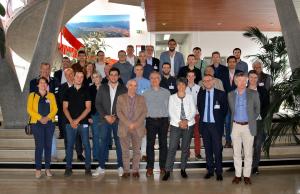CEA delivers ITER cryogenic instrumentation
The ITER Organization has relied on the French CEA institute and its expertise in cryogenics and large superconducting magnets for the specialized instrumentation needed to control and protect the ITER magnets during the cooling operation. This past summer the full scope of the procurement—more than 3,000 devices—was completed on time, and to cost, quality and performance specifications.
The measurement solutions are based on proven technologies, augmented by specific development to meet ITER's challenging performance and environmental constraints.



